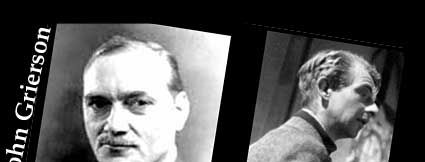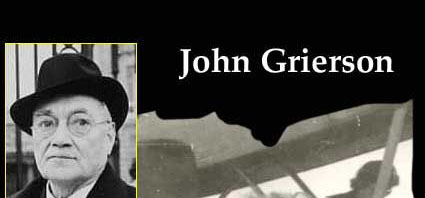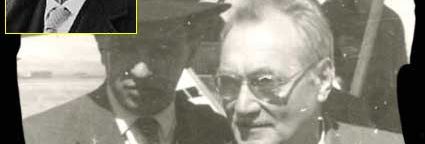





The decade or so that began in 1940 is generally regarded as the 'golden age' of British cinema. The experience of fighting total war regenerated the film industry and forced filmmakers into attempting to create a distinctively 'British' cinema, which would both promote the national interest and record the experience of a nation fighting for its life. By and large they succeeded, and the films produced during the war and after, won considerable popular and critical approval. The most acclaimed films of this period owed a great deal to the work of the documentary movement of the 1930s, but merging narrative conventions with documentary style and intent into what is now usually known as 'realism'. It was a time of imaginative experimentation as filmmakers looked for new ways of representing the nation at war. Among the most interesting innovations was the feature length, story-documentary; a form that was first produced in the early war years by the Crown Film Unit. This essay, then, examines the first story documentary, Target for Tonight (1941) which focused on the work of the Royal Air Force, dealt with important propaganda themes of the period, and suggested on way forward for the development of a British 'realist' cinema.
After the First World War, the British film industry struggled to survive in the face of competition from Hollywood. In 1914, only 25% of the films shown in British cinemas were British made; by 1923, this figure had shrunk to just 10%. Thoughout the inter-wars years the vast majority of the films British cinemagoers went to see were produced in Hollywood.1 British studios, in a state of almost continual financial crisis, simply couldn't compete with the high production values of American studios and the attraction of American 'stars', and in 1927, the government was spurred to action in order to ensure the survival of the industry by introducing the so-called 'quota' system forcing domestic distributors to show British made films.2 But even in 1937, John Grierson, leader of the fledgling British documentary movement, despairingly noted, 'so far as films go, we are now a colonial people….'.3 The domination of British screens by Hollywood products and the continued failure of British films to find an audience, even at home, frequently provoked critical debate about how the industry could be sustained; and not simply because of the need to preserve a significant element of the economy, but because film was also a vitally important channel for the dissemination of national propaganda. Stephen Tallents, the civil servant most responsible for the organisation of government f ilm propaganda in the late 1920s, shrewdly observed in 1932 that because of the economic disruption of the First World War and the recent economic collapse, a positive representation of the nation and empire in the media, and especially in film, was essential for national recovery,
If we are to play our part in the New World order, we need to muster
every means and every art by which we can communicate with other
Peoples…. We need continuous and sustained presentation of our
industrial ability and industrial ambitions'.4

Cinema, then, had a significant role to play in national life and in selling the nation and its products overseas. Attracting larger audiences than any other form of entertainment, it was desperately important that British films that promoted British interests continued to be produced. In short, what was need was a distinctively 'national' cinema.
By the late 1930s, after yet another financial crisis, discourses about the path British film should follow in order to secure a major share of the market became widespread; and with the outbreak of the Second World War in September 1939, such discussion took on a new immediacy. Influenced by the contribution of film propaganda to the final victory during the First World War, critics were happy to endorse the comments of Lord Stragboli to the House of Lords that, cinema has a unique 'importance for entertainment and in moulding public opinion… and as a means of propaganda'.5 Cinema then, was expected to play an essential role in wartime, not just as a source of entertainment to maintain morale, but as a significant channel for national propaganda:








